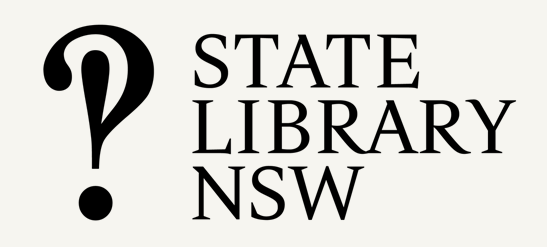Published 2015; updated 2019
NSLA libraries are committed to expanding access to their collections, and to support efforts to make access to information more open to stimulate creativity and innovation. Creative Commons licences are a useful tool to achieve this objective, as they bridge the gap between the ‘all rights reserved’ function of copyright and the ‘no rights reserved’ function of the public domain. They create a ‘some rights reserved’ environment where copyright owners can authorise the sharing and reproduction of their works under certain conditions.
Establishing copyright ownership
NSLA libraries create a wide range of print and digital publications which are made available to the public. This includes library websites, newsletters, strategic reports and policy documents, collection and resource guides, catalogue records, power point presentations, local history and genealogy guides, training and learning material, social media postings and blogs, promotional videos and Wikipedia contributions. As content creators, NSLA libraries hold intellectual property rights to our own works and it is recommended that we use Creative Commons licensing to promote reuse and engagement with our publications. Creative Commons licences would not be used on those occasions where the library makes a publication available for sale to recoup costs or make a commercial profit from a work (e.g. book publications).
NSLA libraries have extensive heritage, reference and specialist collections, much of which is still under copyright protection. As Creative Commons licensing can only be assigned by the person or organisation that holds the copyright in a work, our collection material cannot be provided under a Creative Commons licence without the consent of the current rights holder.
Creative Commons and library collections
Creative Commons licensing can be used for collection material where rights have been transferred to the library on donation or purchase, or where the copyright holder themselves has agreed to assign a Creative Commons licence when items are donated.
The identification of copyright ownership should be a primary consideration when entering into discussions with potential donors. If the donor/seller/depositor owns the copyright in the work(s), discussions regarding the transfer of ownership to the library or Creative Commons licensing to allow maximum access should be undertaken with the current rights holder. Experience has shown that this form of licensing is particularly appropriate for contemporary collections such as digital photographs and music and more difficult for manuscript collections.
Creative Commons licensing should be included as an option when completing the deed of gift for donations, however library staff need to be well versed in explaining the function of Creative Commons licensing and the differences between different types of licences available to donors. It may be useful to have a designated copyright officer for staff to refer Creative Commons questions to.
Copyright owners have the option to apply Creative Commons licences to their works when making legal deposits via National edeposit (NED).
Creative Commons policy
It is recommended that NSLA libraries establish a Creative Commons policy based on the above principles and each individual organisation’s needs and work processes. In developing this policy, NSLA libraries should also ensure compliance with their respective national and state policies for intellectual property and open access.
Choosing and displaying Creative Commons licenses
Regardless of jurisdiction, NSLA libraries use the same six Creative Commons licences. They range from the most permissive (CC BY), to the least permissive (CC-BY-NC-ND).
Australian Government guidelines recommend using the CC BY licence as a default licence, then choosing other, more restrictive licences when circumstances deem it necessary. The Creative Commons website provides information for determining which licence is most appropriate based on a brief series of questions.
Material provided under a Creative Commons licence should be readily identifiable to library users by displaying a Creative Commons licence mark or a notice of access conditions. Licence marks and descriptive text are available from the Creative Commons website. To enable clients to make decisions on access it is recommended that libraries work towards including licensing information when a digital item is displayed and/or in the bibliographic record. The Creative Commons organisation also recommends using machine readable metadata which can be generated through the websites.









